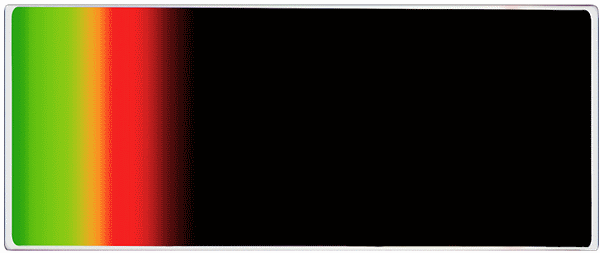By Dr.-Ing. Oliver Pust, Director Sales and Marketing, Optical Thin Film Filters – August 1, 2013
DELTA has lifted the application range of variable filters to new levels by introducing a new powerful type of linear variable filter (LVF). The new LVNIRBP is the best of its kind on the market.
Since DELTA offered the first linear variable short and long pass filters in 2010, development never stopped, and the next steps were a linear variable dichroic, a linear variable UV band pass filter, a linear variable VIS band pass filter and a linear variable order sorting filter.
The brand new linear variable NIR band pass filter extends the application range of LVF largely. The LVNIRBP will be presented to the public during the CIOE 2013 and the BiOS/Photonics West 2014.
A complete range of linear variable filters
An LVFBP is a wedged filter, whose spectral properties vary linearly along the long side of the filter. It is possible to adjust the center wavelength by sliding the filter with respect to the incident light.
A single LVF can replace a number of dedicated filters in an instrument and thereby decrease complexity and cost. This opens up for new design possibilities of analytical and diagnostic instruments such as spectrometers.
By combining linear variable short and long pass filters, band pass filters can be constructed that can be tuned continuously with center wavelengths from 320 nm to 850 nm, with the added benefit of tunable bandwidth.
Superior UHC production technology
Besides setting new standards in transmission level and edge steepness, the filters offer blocking levels better than OD 3 over the complete reflection range or even OD 5 by placing two filters in series.
The filters are coated on single quartz substrates for minimal auto-fluorescence and high laser damage threshold. All of DELTA's LVF are coated with ultra-hard surface coatings (UHC) that offers much higher packing density than traditional hard coatings.
The benefits of UHC are best spectral stability (no spectral drift), increased lifetime, optimal mechanical stability and minimal water uptake. This brings use of advanced filter technology out of the laboratory and into the field.















